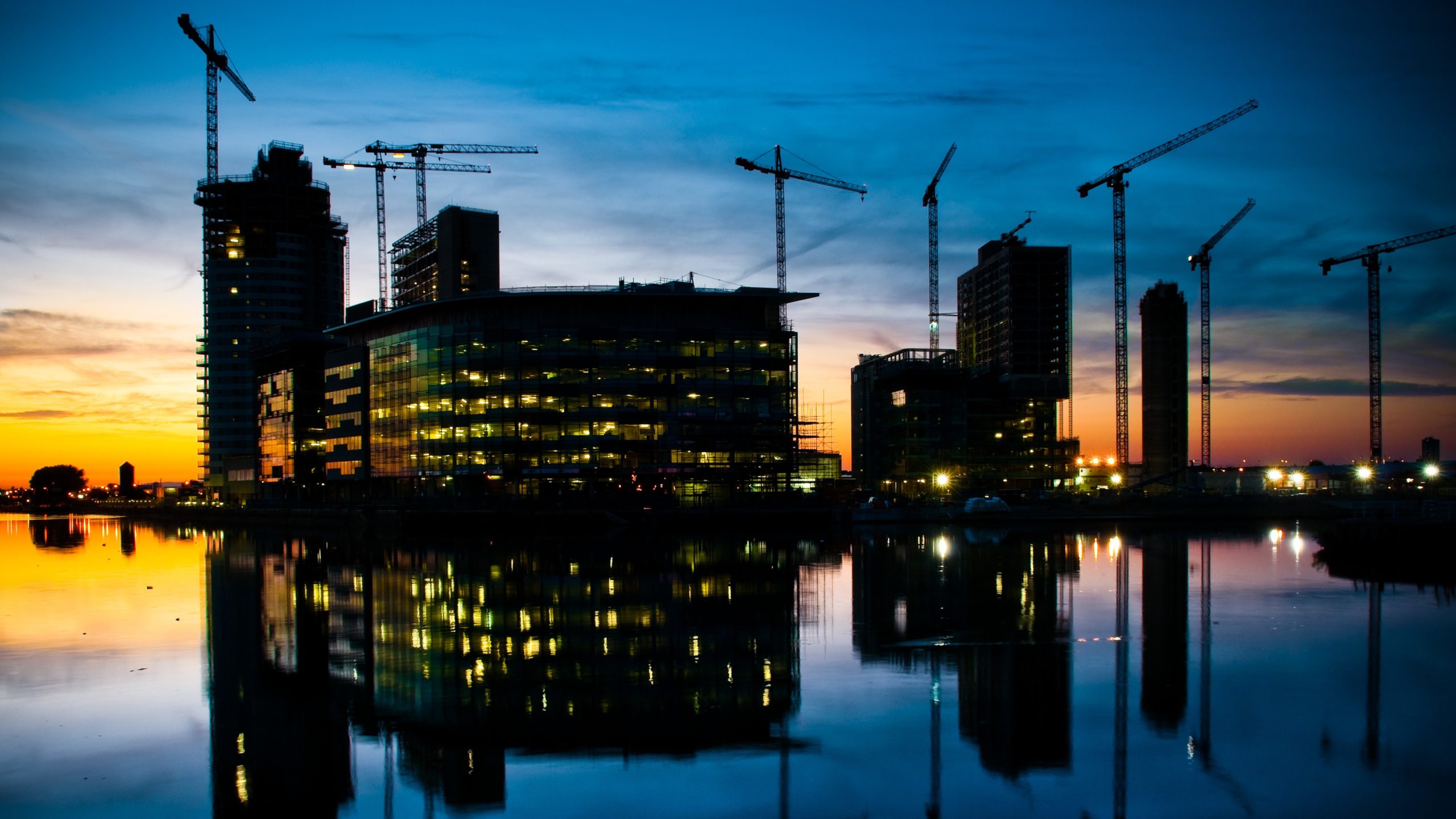As the costs involved in replacing Aluminium Composite Material cladding systems continue to escalate, Gavin Hoccom, Senior Associate at Berry Smith, considers the implications for construction professionals and property owners.
The tragedy which befell the Grenfell Tower requires no introduction. Its cause has been widely attributed to the Aluminium Composite Material (ACM) panels in which the building was clad; coil-coated aluminium sheets fusion bonded to a polyethylene core that have now been identified to promote, rather than prevent, the spread of fire (para. 26.4, Grenfell Tower Inquiry: Phase 1 Report).
The use of ACM panels is widespread in the UK and overseas. There are in excess of 400 buildings over 18 metres in height in the UK which are clad with ACM panels. Post-Grenfell, the UK Government has banned the use of ACM panel cladding systems for the construction of new buildings which are over 18 metres in height. Removal and replacement works have been completed to or commenced on many of those existing buildings which utilise such systems.
There are, however, innumerable more buildings which are less than 18 metres in height and which utilise ACM panel cladding systems. Notwithstanding it may be easier to evacuate such smaller buildings, the risk of fire spread presented by the presence of ACM panels is no different for a smaller building than it is for a larger building. The owners of smaller buildings which are clad with ACM panels are, therefore, likely to come under pressure from UK Government and other stakeholders to remove and replace those panels.
Given that the cost of removing and replacing ACM panels on buildings throughout the UK and overseas is likely to be £ billions, developers, leaseholders and property owners are beginning to question who should be held responsible for that cost. The scope of those against whom claims may be brought is surprising.
Any person, such as an architect or other consultant, involved in the design of a building which is or has been clad in ACM panels may, for example, risk being found liable for breach of contract or negligence if the design is determined not to have complied with the Building Regulations 2010 (“2010 Regulations”).
The 2010 Regulations, which are of general applicability to buildings of any size, require at paragraph B4(1) of Schedule 1:
“The external walls of the building shall adequately resist the spread of fire over the walls… having regard to the height, use and position of the building”.
For non-domestic dwellings, paragraph 12.5 of Fire Safety Approved Document B (2006 edition) clarifies that:
“The external envelope of a building should not provide a medium for fire spread if it is likely to be a risk to health or safety. The use of combustible materials in the cladding system and extensive cavities may present such a risk in tall buildings”.
Although the Grenfell Tower Inquiry is ongoing, there seems little doubt from the Phase 1 Report that the use of ACM panel cladding systems will have constituted a breach of the 2010 Regulations. This may not only expose architects and other design consultants to the risk of a claim for breach of contract or negligence, but also any building inspector, contract administrator or other professional who certified the works for building control, building warranty or other contractual purposes.
For those buildings which entirely or partly include residential dwellings, the scope of those against whom claims may be brought is not only limited to construction professionals.
The Defective Premises Act 1972 (1972 Act) imposes a potential liability on any “…person taking on work for or in connection with the provision of a dwelling…” to ensure that “…the work… is done in a workmanlike or, as the case may be, professional manner… so that as regards that work the dwelling will be fit for habitation when completed…”
There again seems little doubt from the Phase 1 Report that the use of ACM panel cladding systems will have rendered affected buildings unfit for habitation, exposing any person involved in the construction of any such building to liability under the 1972 Act.
Those “involved” for the purposes of the 1972 Act may include the building contractor, any subcontractor(s), the developer and any freeholder. In turn, developers, freeholders and main contractors which relied on the advice of fire safety and health and safety consultants in the specification of works may have a claim against those consultants for breach of contract or negligence.
The removal and replacement of ACM cladding systems across the UK and overseas is likely to cause a proliferation of complex multi-party litigation in which freeholders and leaseholders seek to recover the cost of remediation works from building contractors, construction professionals and developers. As the time limit for claims to be brought is beginning to run out, affected property owners need to seek legal advice urgently.
The team at Berry Smith LLP is experienced in representing construction professionals and property owners in claims relating to defective premises and professional negligence. If you require further information, please contact Gavin Hoccom or Iwan Doull.
